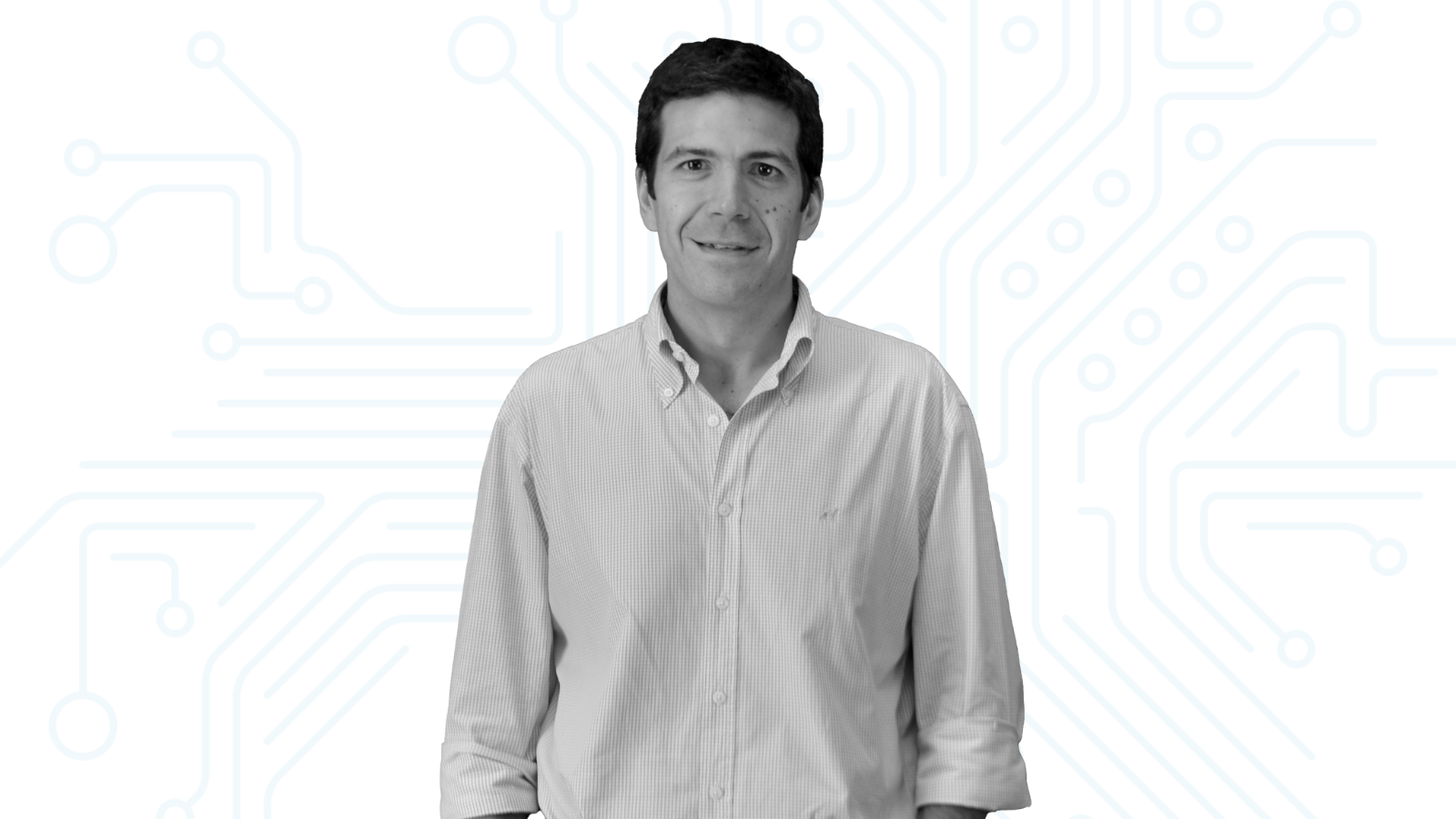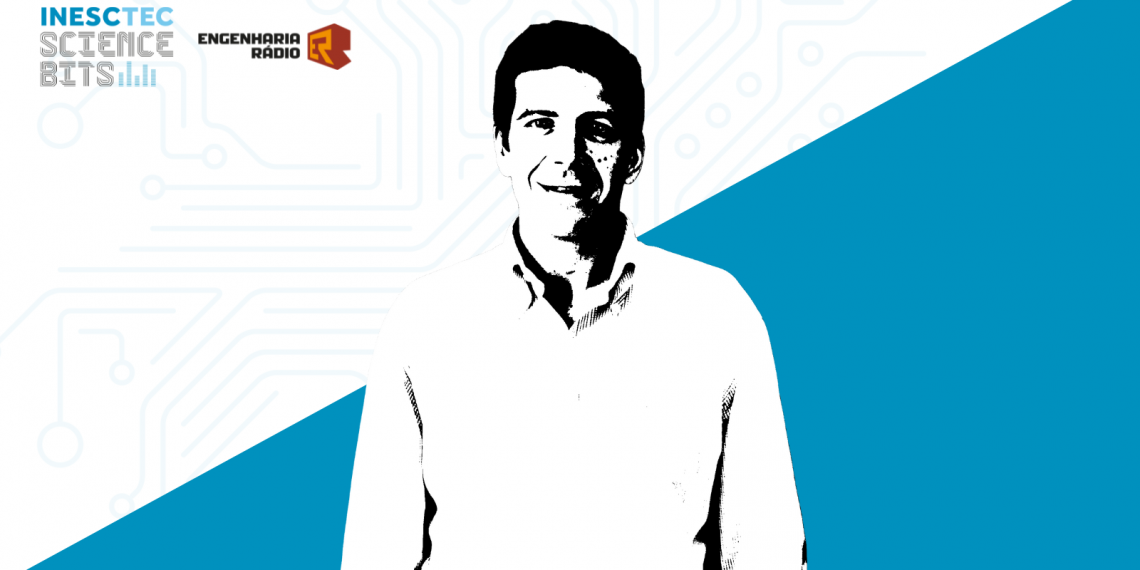INESC TEC Science Bits – Episode 46
Guest: Hugo Paredes, researcher at INESC TEC
Keywords: Active life, Virtual Reality, immersive technologies, interactive technologies

All over the world, life expectancy is increasing. Forecasts indicate that by 2030, one in six people will be 60 or older, and that by 2050, the world’s population over the age of 60 will double. Portugal is no exception: the data from the 2021 Census tell us that there are 182 elderly people for every 100 young people, and that Portugal is one of the countries with one the highest Ageing Indices in the world – it may even be the fourth fastest ageing country.
Living longer means we have more time to embrace new activities; but to do so, we will certainly need adequate health, both physical and mental. In this sense, there are several ongoing strategies to promote the health, well-being, autonomy or more active participation of older populations in society. In early 2024, our country implemented the first Action Plan for Active and Healthy Ageing – with 83 actions and 135 activities – to address the needs of the senior population, contributing to an improvement in the quality of life over the coming decades.
What about technology? Can it play a role in this area? The answer is frankly positive. In recent years, INESC TEC has coordinated a European project – VR2Care – dedicated to the development of a VR solution to promote physical exercise and encourage socialisation among the older population. Shall we get to know this project?



 News, current topics, curiosities and so much more about INESC TEC and its community!
News, current topics, curiosities and so much more about INESC TEC and its community!